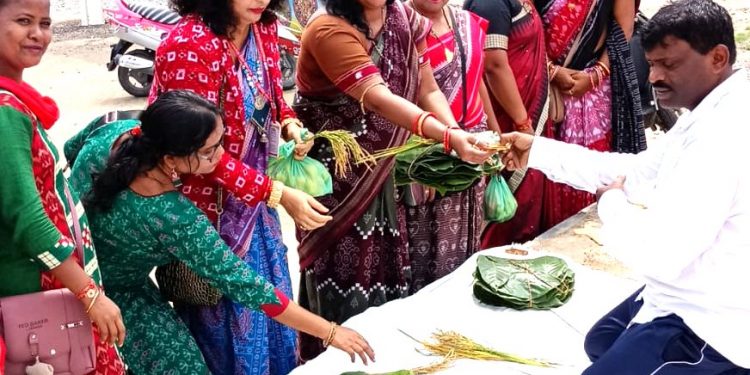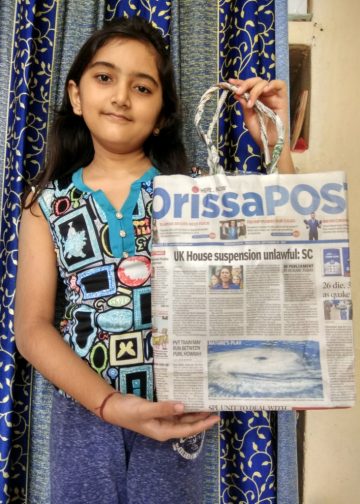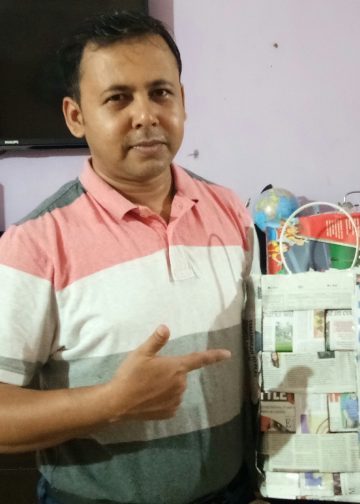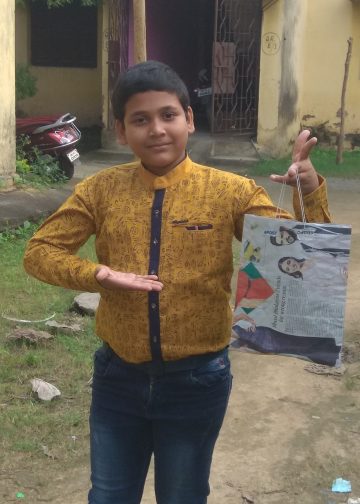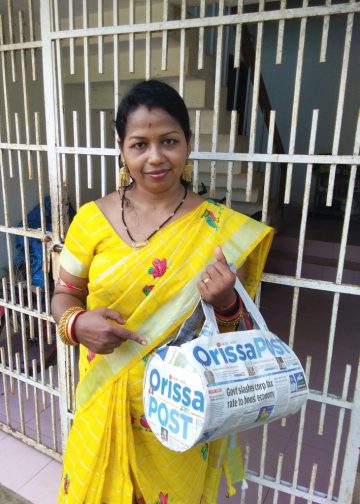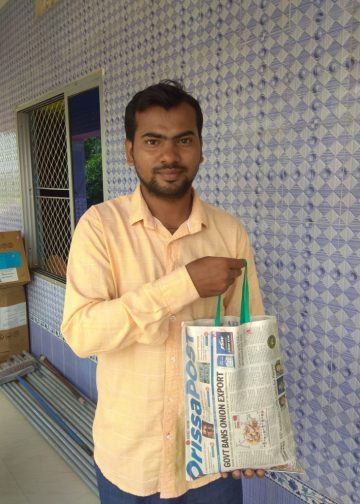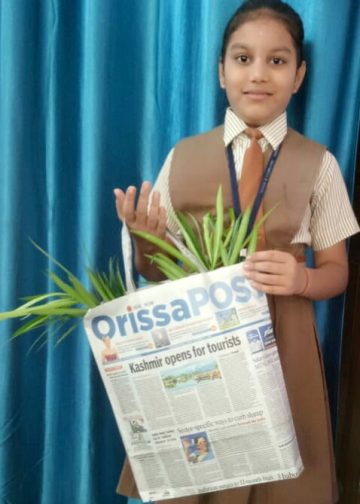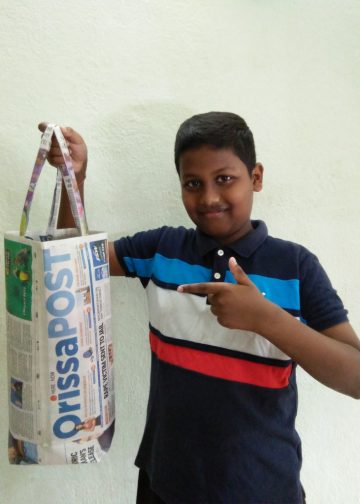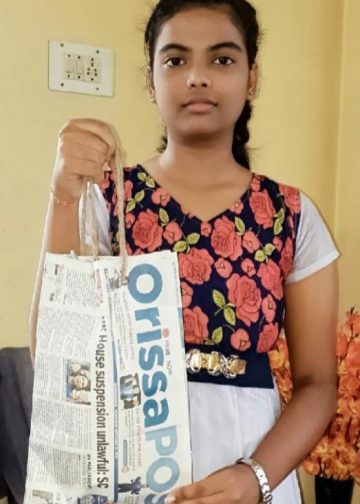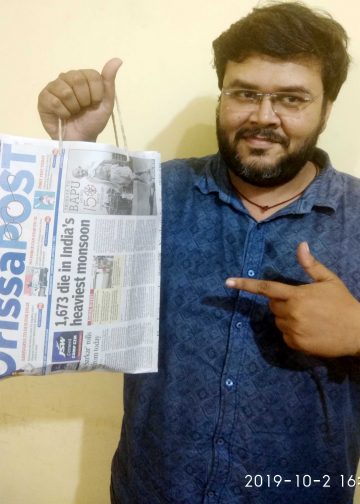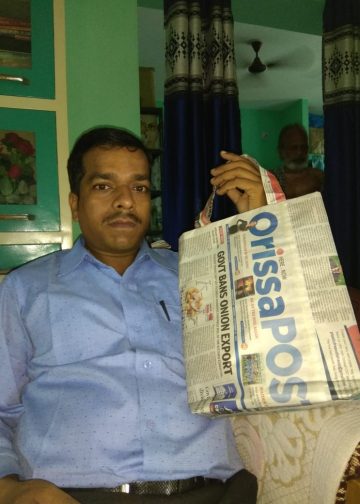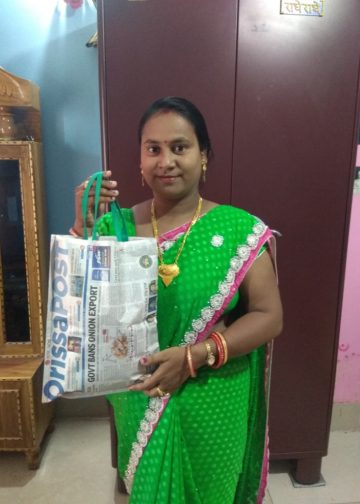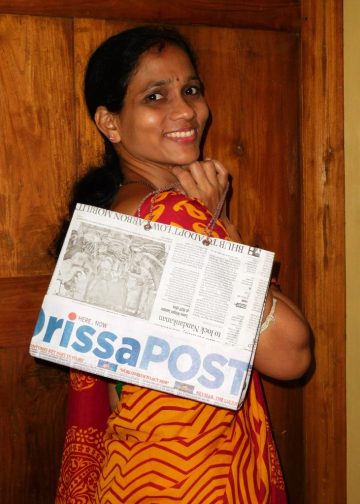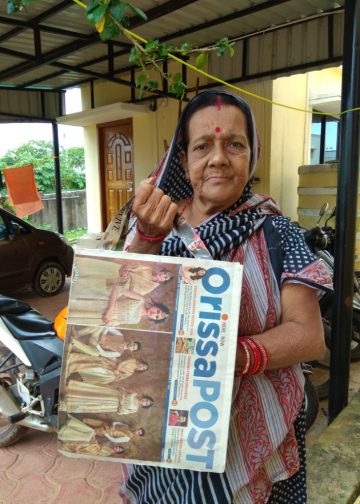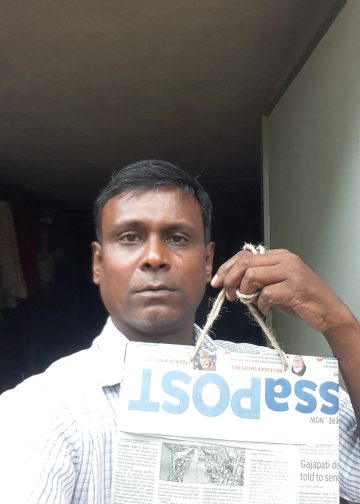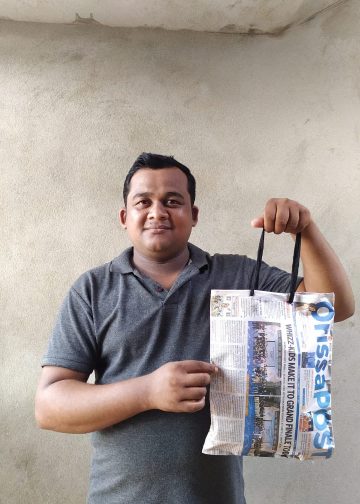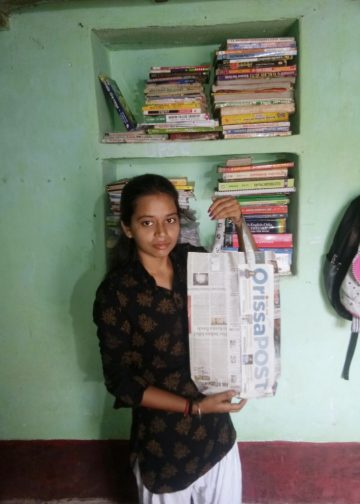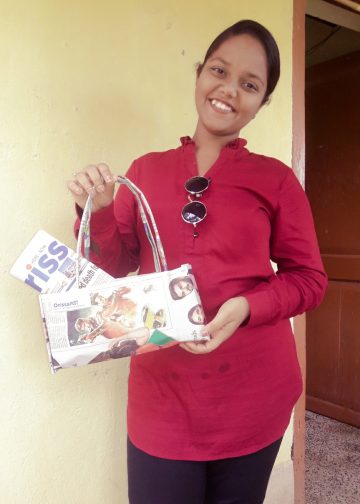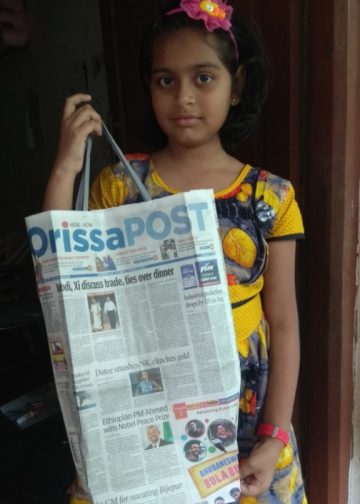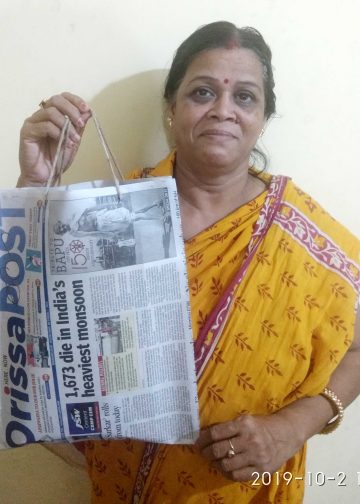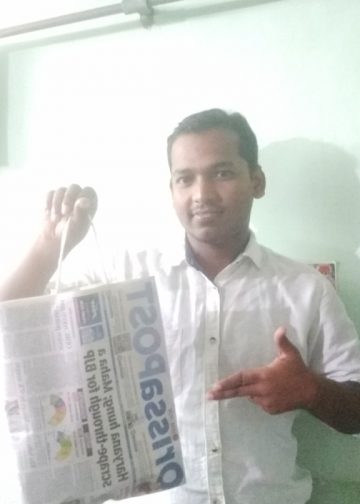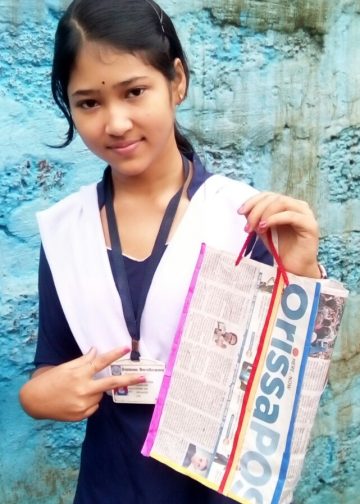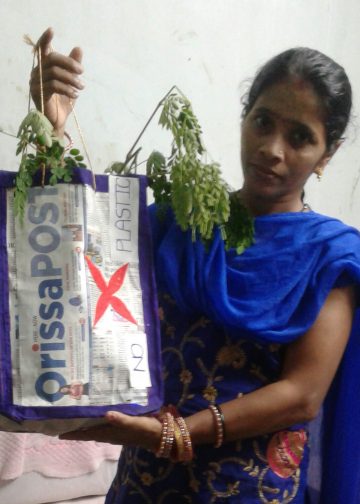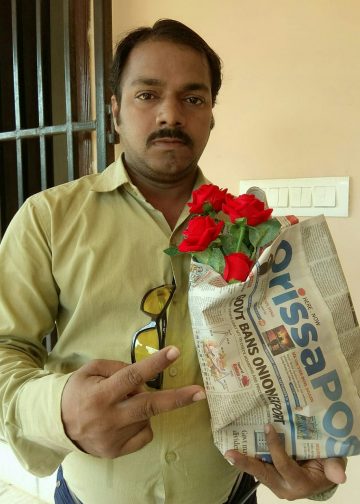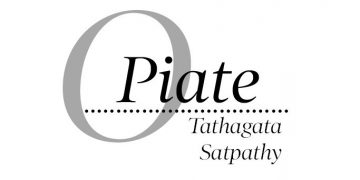Sambalpur: Farming traditions are shifting, and as a result, the short-duration saria paddy, essential for the Nuakhai harvest festival, is becoming hard to find, a report said. Nuakhai begins with an offering of new rice known as ‘Nabanna’ to Goddess Samalei, the presiding deity of Sambalpur after which families eat the season’s first crop. Traditionally, farmers planted saria paddy, which matures in 60 days, to ensure fresh harvests were ready in time.
In earlier days, sowing would begin on Akshaya Trutiya, allowing the crop to be harvested by the auspicious fortnight of Bhadrab Shukla Paksha.
Now, the ritual of sowing on Akshaya Tritiya has become largely symbolic. Farmers typically wait for the monsoon rains to prepare their fields, delaying cultivation. As a result, saria rice is rarely available for Nuakhai, except from a few growers who cultivate it mainly for festival sales. In towns, saria rice reaches the markets, but in villages, families struggle to procure it, often traveling far to bring some home. Alongside rice, families gather saru leaves, pumpkin greens, rakhi, and other ritual items, including kurei leaves, khali, and grains for offerings.
Also Read: Ring road works stalled amid funds crunch, approval delays
During the festival, new rice, saru, and pumpkin greens are offered to deities before being eaten. While vegetables from current harvests are usually available, saria rice has become scarce. With access to irrigation and a focus on higher yields, farmers increasingly prefer long-duration paddy varieties. Consequently, only select regions still grow saria paddy—either to preserve tradition or meet festival demand.

